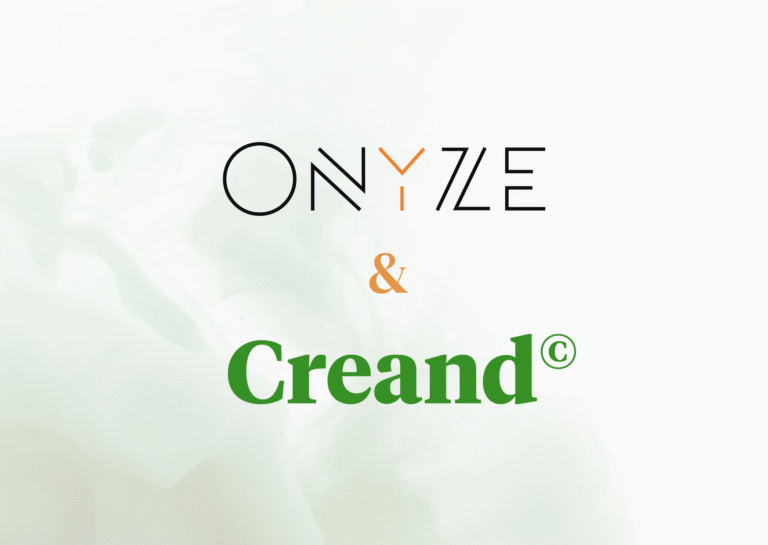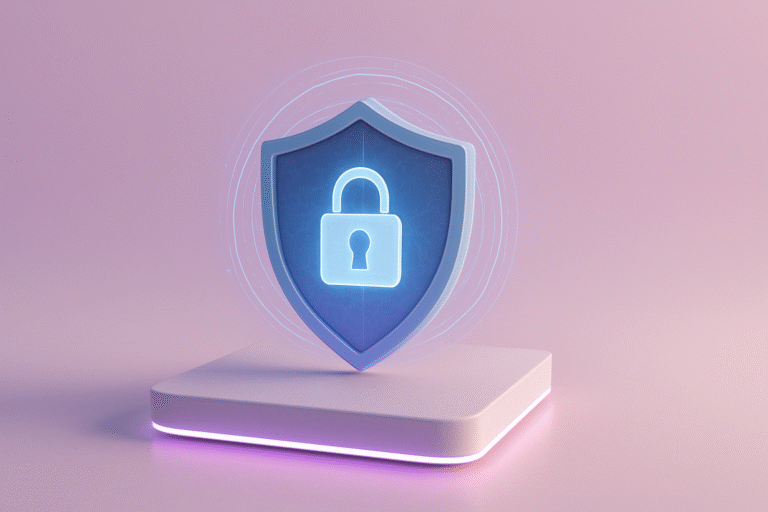TLDR: Self-custody? Yes, but with care
Self-custody of digital assets, also known as private key management, has gained popularity in recent years, especially with the growth of interest in cryptocurrencies and other decentralized assets. The idea behind self-custody is simple: users maintain full control over their private keys without relying on third parties such as banks, exchange platforms or centralized custodians. This approach offers multiple benefits, but also presents significant challenges, especially for those who are not tech-savvy or prone to distraction or forgetfulness.
In this article, we will explore the benefits and challenges of self-custody and provide a list of best practices to minimize risks.
Benefits of self-custody of digital assets
- Full control of assets: One of the greatest benefits of self-custody is the complete control it gives the user. By not relying on intermediaries, digital asset owners have the final say over their funds and are not subject to the politics, security breaches, or arbitrary decisions of third parties.
- Privacy and anonymity: By managing their own assets, users can maintain a higher level of privacy. In addition, there is no need to provide personal information to third parties, reducing the risk of identity theft or surveillance.
- Protection from third-party bankruptcy: When assets are held on a third-party platform, there is a risk of losing them if that platform becomes insolvent or goes bankrupt. In contrast, self-custody eliminates the risk of loss due to insolvency.
- Always have access to assets: With self-custody, users can access their assets at any time without worrying about platform closures, account lockouts, or withdrawal restrictions sometimes imposed by centralized custodians.
- Financial freedom: Self-custody promotes financial sovereignty by allowing users to act independently of traditional financial institutions. This is especially important in regions where banking services are limited or unstable.
Challenges and risks of self-custody
Despite its advantages, self-custody is not without risks, and requires a high level of responsibility on the part of the user.
- Risk of private key loss: Digital assets are accessed using private keys, which must be stored with extreme care. If a user loses their private key, they will not be able to recover their assets, which could result in a total loss.
- Human error: Humans can make mistakes or oversights that can be costly, as something as simple as writing down a recovery seed incorrectly or storing it in an insecure location can have disastrous consequences.
- Lack of support when problems arise: Unlike accounts on centralized platforms where there is some sort of customer service, with self-custody there is no one to turn to if something goes wrong. The user is completely on their own to manage and recover their assets.
- Security threats: Self-custody requires that the devices and media on which private keys are stored be protected from hackers, malware, and other security threats. Failure to do so can result in loss of assets.
- Technical complications: For less experienced users, self-custody can be technically complex. Misconfiguring the wallet or not understanding the processes involved can lead to costly mistakes.
Good practices for the self-custody of digital assets.
To mitigate the above risks, users who choose to self-custody should follow a number of best practices:
- Securely store private keys: Private keys should be stored in a secure location, preferably offline. For this purpose, it is advisable to use hardware wallets (cold wallets) that store private keys physically and disconnected from the Internet.
- Multiple backups: Make backups of your recovery seeds and store them in multiple secure locations. Avoid storing them on Internet-connected devices or in easily accessible locations.
- Use strong passwords and two-factor authentication (2FA): Protect any devices or software used to access your assets with strong passwords and, if possible, enable two-factor authentication to add an extra layer of security.
- Keep software and devices up to date: Ensure that all devices and software you use to manage your digital assets are up to date with the latest security measures.
- Keep learning: Digital asset technology is rapidly evolving. It is important for users to stay informed about best practices, new threats, and security developments.
- Avoid sharing information: Never share your private keys, recovery seeds, or other sensitive information with anyone. Scammers often pose as technical support or experts to gain access to this information.
- Perform periodic recovery tests: Perform periodic testing to ensure that you can recover your assets using the recovery seed. This ensures that there are no errors in the seed annotation and that the process is understood correctly.
- Disconnect devices from the internet when not in use: Limit the amount of time your devices are connected to the Internet when not in use to minimize the risk of hacker attacks.
- Use multisig for high-value assets: For large amounts of assets, consider using a wallet with multisig, which requires multiple keys to authorize a transaction. This adds an extra layer of security and reduces the risk that a single compromised key could cause a total loss.
- Only use known websites with established domains: When interacting with online platforms, make sure you only use trusted websites with well-established domains. This will help protect you from scams and fake sites that try to steal confidential information.
- Consider using separate storage: Especially for large amounts, in addition to the recommendation to use multisig, it is wise to divide the total into smaller amounts and store them in different wallets. This acts as a risk mitigation measure if one of the wallets is compromised.
- Do not open unsolicited email from unknown sources: Unsolicited emails may contain malicious links or attachments designed to compromise the security of your digital assets. Avoid opening emails from unknown sources and, when in doubt, verify the legitimacy of the sender before interacting with them.
- Be discreet and avoid talking about your holdings: It is important not to talk openly about your investments or the method you use to safeguard your assets. Being discreet reduces the possibility of becoming a target of physical attacks, social engineering or scam attempts.
Conclusion
Self-custody of digital assets offers users unprecedented freedom, giving us total control over our assets. However, with this freedom comes great responsibility. Bitcoin’s original motto “Be your own bank” makes more sense than ever, as does the admonition “Not your keys, not your coins“.
On the other hand, the lack of intermediaries means that users must be extremely diligent in managing and protecting their assets, but by following the best practices described above, users can minimize the risks and enjoy the benefits of self-custody with greater peace of mind.
For those who consider themselves unsophisticated or uneducated, it may be wise to start with caution, educate themselves, or even consider a combination of trusted custodians along with some self-custody.
At Block&Capital, experts in IT recruitment in Spain, the UK, the USA, and Andorra, we connect companies with exceptional tech talent. Our mission is to create opportunities where growth and success are within everyone’s reach. Contact us today to find the right IT talent for your company.
Last posts





